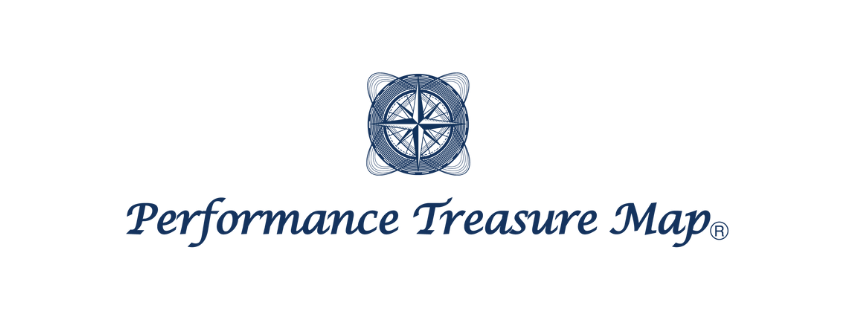I received a letter of recommendation from Dr. Mariko Soya, an educator and researcher, regarding the Performance Treasure Map (PTM) and the Original K-Map (K-Map).
Think of it as something like a book cover blurb.

Dr. Soya has also provided advice on the neurological aspects of the K-Map!
Self-Introduction

Name
Mariko SOYA
Occupation
☑ University faculty / Researcher
Affiliation
☑ Kyushu University Graduate School, Faculty of Medicine
Department of Biomedical Control, Neuroanatomy
Education / Qualifications
☑ Ph.D. in Health and Sports Science
My Perspective on PTM
As the name suggests, PTM is a map detailing elements that serve as clues for improving performance.
While many training methods are devised based on scientific evidence, it’s common to see situations where proper training does not lead to desired results.
- The fundamental issue lies completely outside the training being conducted.
- While the problem awareness is correct, the solutions proposed are not appropriate.
Recognizing such issues requires knowledge and experience, and without encountering coaches or trainers who can take a multi-faceted approach, one may face frustration without resolution.
To avoid this, I believe PTM helps individuals grasp their current situations from various angles and appropriately identify challenges.
PTM serves to broaden the thinking and knowledge of both athletes and the coaches and trainers who support them, aiding in the development of new strategies for performance improvement.
Mariko SOYA
My Perspective on K-Map
By deconstructing the components of seemingly simple actions, I believe we can discover hints to enhance performance.
As someone involved in basic research, I find it meaningful as a tool that connects foundational studies with practical applications.
I have high expectations for the continued evolution of the K-Map.
Usage Recommendations (Who and When)
Who: I recommend it to anyone interested in sports.
When: It is particularly useful when you have a goal and want to work toward it.

This post is also available in ja.


